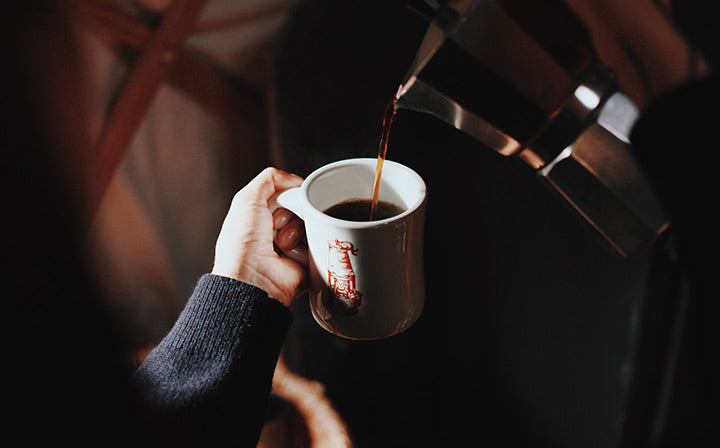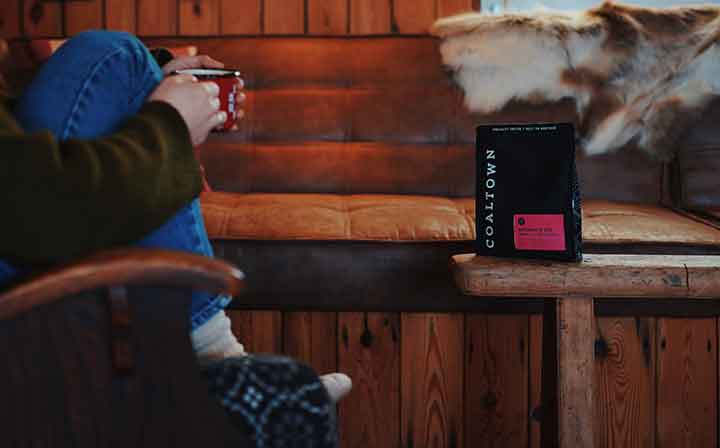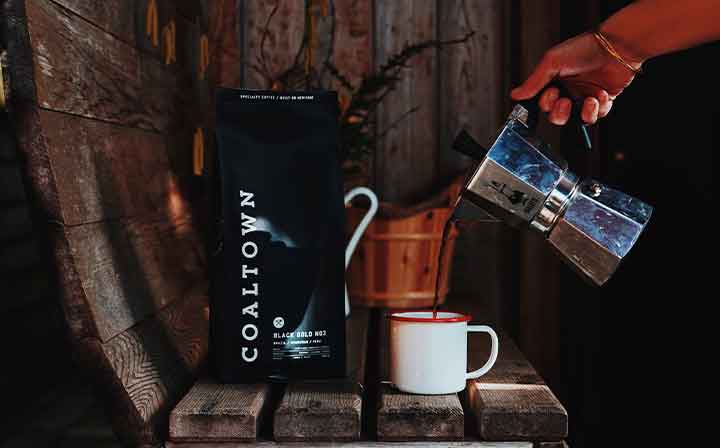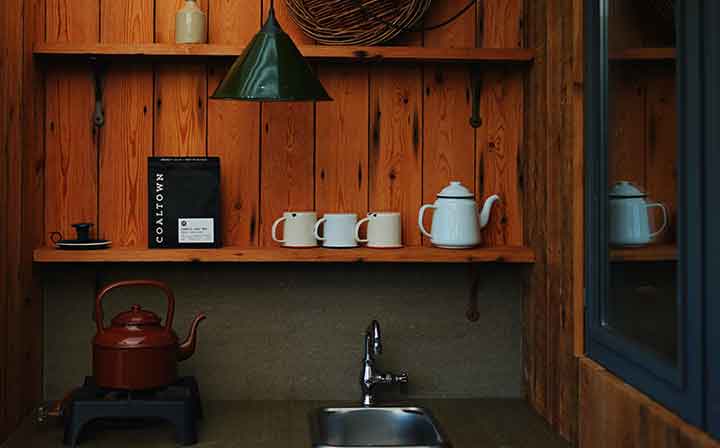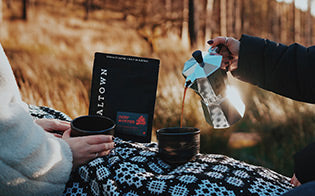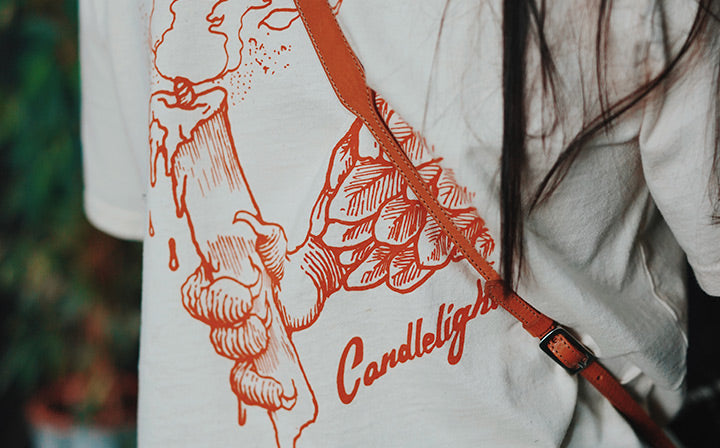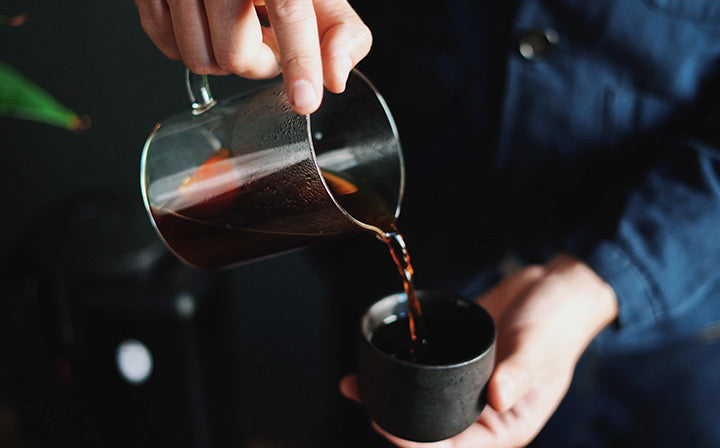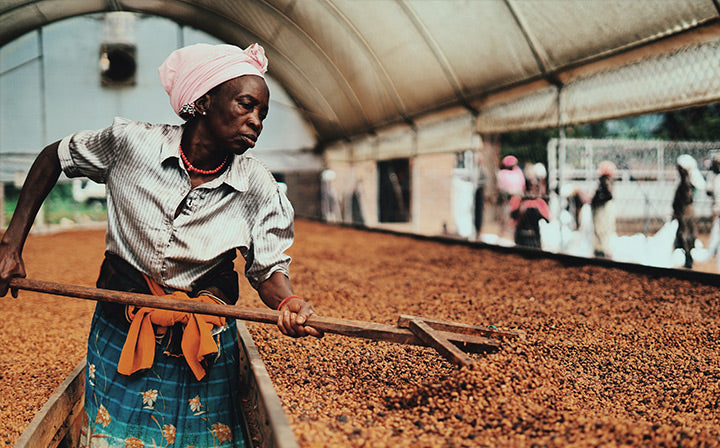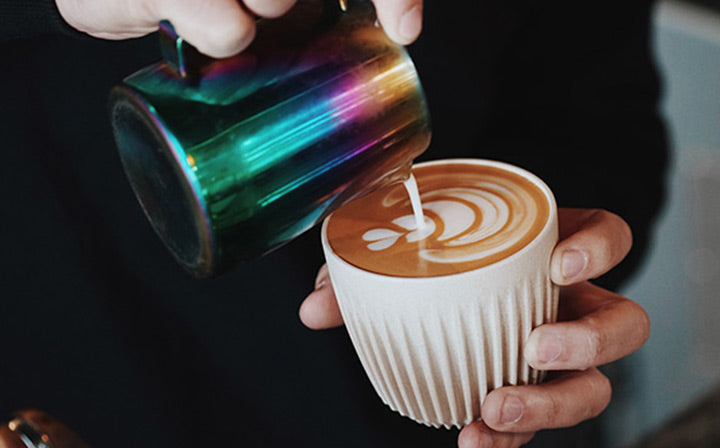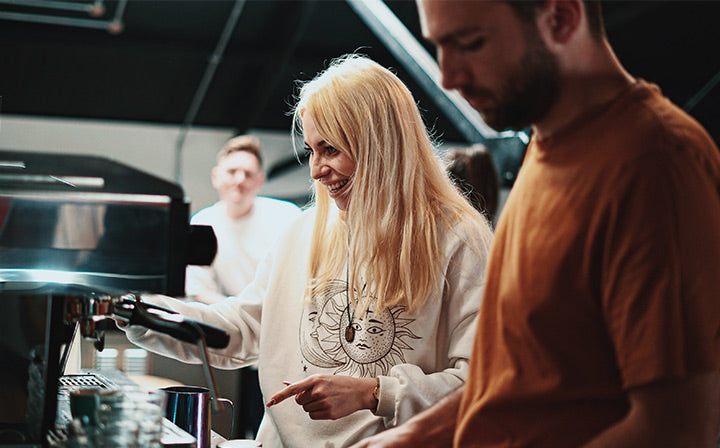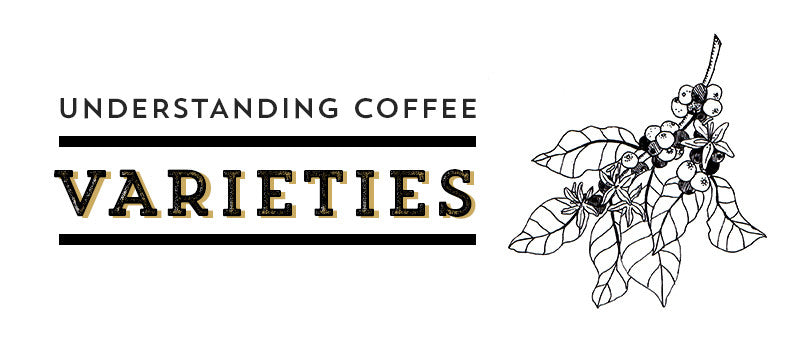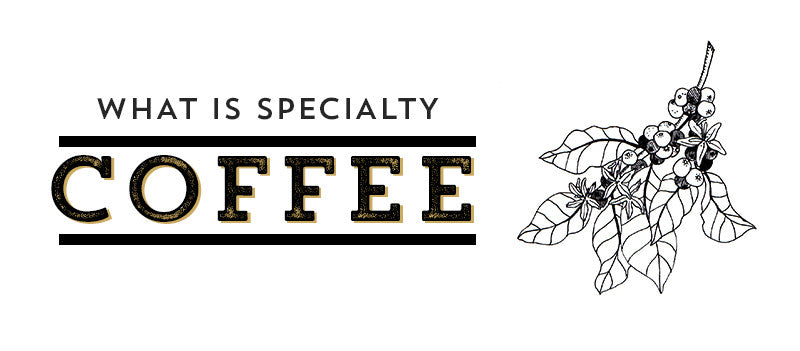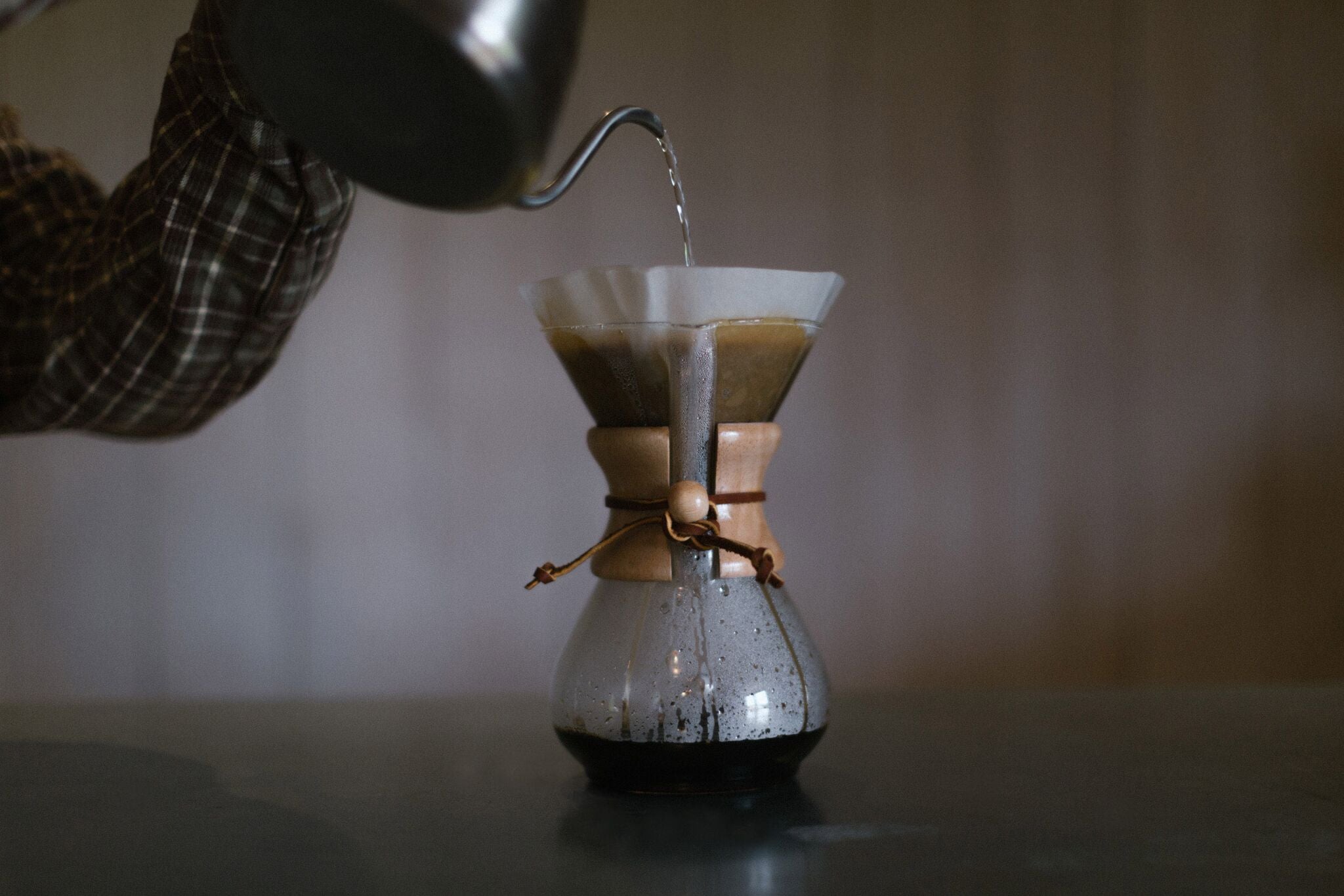
Experimenting with Brew Recipes and Grind Size
Brewing coffee is all about using water to dissolve soluble flavour compounds in coffee grounds. This process is called osmosis. 28-30% of coffee is soluble, but we should be aiming to extract around 18-22% of it for a perfect brew.
Measuring a perfect extraction is difficult, costly and a little unrealistic in an everyday setting. However, there are some indicators that we can look out for to help us to recognise when we're in the right range. The easiest way to identify and control this is by tasting, observing and experimenting with the characteristics of your cup.
It's important from the outset to note that before we brew, it's good to have a recipe that considers five variables. These variables are coffee dose, water dose, extraction time, water temperature and grind size. Tweaking one of these things will lead to a dramatic difference in the character of your resulting brew. (It's a good idea to experiment with these variables and make notes of what you like and dislike, although I know that this is a little nerdy and isn't always practical!)
Coffee Dose/Brew Ratio & Water Dose
Your coffee and water ratio should work in tandem. 60-70g of coffee grounds per litre of water is a good place to start, and you can tweak and hone your recipe from this starting point depending on your personal taste.
Time
The longer the time, the greater the extraction. Timings should differ according to your brew method (e.g. you might need to leave your coffee grounds to steep for longer if you're brewing with a cafetière).
Here's a rough idea of what happens to your coffee as it extracts over time:
At the beginning of your extraction time, salts and fruit acids are drawn out of the coffee. The flavour of your cup will be tart, flat, sour and tangy, and mostly unpleasant. If you're tasting these flavours, it's likely that you haven't given it enough time, and the coffee is under-extracted.
Next, complex sugars are extracted from the grounds, counteracting the tangy acids at the start of the extraction process. If you pour your cup at this point, your brew is likely to be well balanced and sweet, with clear, pleasant acidity and bitterness. Extracting your coffee beyond this point will draw out unpleasant, burnt charcoal flavours, leaving an ashy, woody brew. This is known as an over-extraction.
Temperature
Hotter water will extract more quickly, but if it's too hot it will lead to over-extraction. It's a fine balance! We like to aim for a temperature of 93 degrees, which is easily achieved if you boil your kettle and then leave it to cool for around 1 minute.
Grind Size
Buying whole bean coffee and grinding it at home before you brew is probably the best and easiest way to improve your coffee-drinking experience. Grinding coffee increases its surface area, and in doing so, introduces more air. This means that the coffee will become stale at a much faster rate, losing organic material and ultimately leading to an evident decline in your coffee's taste and performance. Ground coffee is therefore a fragile and contentious thing. Grinding from whole bean just before brewing is recommended for this reason... And also because it makes your house smell amazing.
When you grind coffee, the aim is to expose enough of the coffee's surface area in order to extract the full potential of the flavour inside the roasted bean. The finer the beans are ground, the faster the coffee can be brewed. However, not all coffees should be ground to the same consistency. When we think about grinding, we should be taking the roast degree, origin and the practicalities of the brew method into account and going from there.
We recommend the following grind sizes to achieve a great cup:
Espresso machine: This is the least forgiving brew method, and so it's important that the size of the grounds is correct, allowing for a perfect shot to be extracted. You will need finely ground coffee for this method, and it will need to be evenly distributed and levelled in your machine group head before you tamper and create your espresso. Your ground coffee should have a similar consistency to flour. This will allow a balanced shot to be extracted and will result in a great-tasting cup.
Filter Coffee: Filter brew methods (including pour-over, stove-top pot, cold dripper, and electric filter-brew) will require a medium-coarse grind, depending on your personal taste. Grinding to a similar consistency to table salt is highly recommended and will lead to a lovely brew. Smaller particles and sediments will be caught in the paper filter, and will leave you with a clean, bright cup.
French Press/Cafetiere: This method is best when you grind your beans coarsely, so that less particles escape through the mesh filter. This is because there is no filtration system, so grounds can be left to steep for a longer period of time to create a brew to your desired strength.


